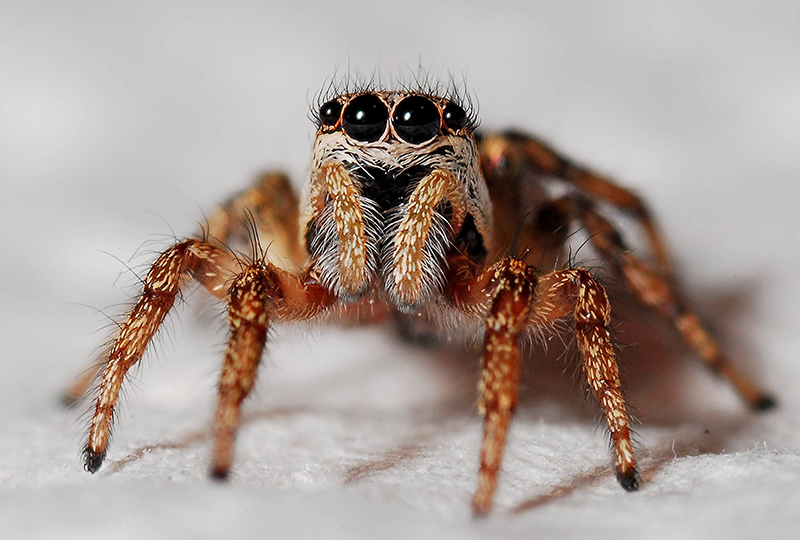For Gaithersburg homeowners in neighborhoods like Kentlands, Crown Farm, and Diamond Farms, the struggle is real: Downstairs to the basement and directly into a face-filled spider web or scuttling spider on the floor. Most houses in Gaithersburg were built in the 1970s and 1980s, making these old basement structures the ideal sanctuary for the eight-legged intruder. Cracks and crevices within their aging foundation materials, the moisture so common to the humid Maryland climate, and decades of built-up debris provide spiders a trifecta that is hard to resist.
Most spiders are harmless, but finding large numbers of them often indicates some form of trouble that needs solving. For ongoing spider infestation in your Gaithersburg basement, you need professional pest control services to locate and correct the causes. Get rid of pests fast in Gaithersburg by talking to a professional as soon as possible!
Why Do Spiders Love Gaithersburg’s Older Basement Structures?
Spiders live in a basement in an older Gaithersburg home. Stone or block foundations of older homes (particularly those built prior to modern moisture control standards) often possess small gaps and cracks where moisture can freely enter, known as the portal of entry. Basements are cooler than upper floors, typically 10–15°F, creating stable, moderate conditions suitable for species (such as house spiders and wolf spiders) that flourish in this sort of habitat.
Given that Maryland, and Montgomery County in particular, receives an average of 43 inches of rain each year, basements are naturally moisture-ridden environments. Humidity draws other insects, flies, moths, and tiny beetles to its web, creating a reliable food source for spiders. The clutter of boxes, old furniture, and seasonal items in storage areas provides a perfect hiding and web-building site for spiders. Spider populations may go undisturbed for months in most basements where human traffic is minimal.
How Do You Know Your Basement Has Become a Home to Spiders?
-
Visible Webs in Corners and Along Ceiling Joints
The easiest way to notice spider action is to discover webs draped across corners in the basement, along support beams, and close to where ceiling joints meet the walls. Pest control records in Montgomery County indicate that 78% of all basement spider infestations start in upper corners of the basement, where air movement is low.
-
Spider Egg Sacs Attached to Surfaces
Search for eggs in small, round, or oval sacs glued to walls, stored items, or in web structures. These papery cases, each containing dozens of spider eggs, show that a breeding population of spiders is already in your basement.
-
Dead Insects Caught in Webs
Evidence that spiders have found a good hunting ground is finding flies, moths, or other small insects caught in webs. An indication of this is that your basement has pest problems that attract these prey insects.
-
Live Spider Sightings During Daylight Hours
Most spiders come out at night, but when you start to see them during the day, there are so many of them that some come out during the day looking for territory and food sources.
-
Shed Spider Skins
Spiders shed their exoskeletons when they grow. Finding these transparent husk shells around your basement signifies active spider molting activity inside the space.
-
Clusters of Small Spiderlings
According to this research done by the University of Maryland Extension, a single female house spider can have as many as 250 babies. If you see groups of small spiders, often sighted in spring months, your basement has become established and reproduced.
When Spider Activity Signals a Bigger Pest Problem
When spiders frequently hang out in your Gaithersburg basement, it often reveals a more significant concern with other underlying pests that require professional treatment.
The pest control specialists at Green Pest Services have had lots of success here in Gaithersburg treating their basements, both for the spiders and the conditions causing them to thrive in the first place. Since they are not just killing visible spider problems but addressing the root causes (sealing entry points, moisture control, and food source removal), they generally work better.

